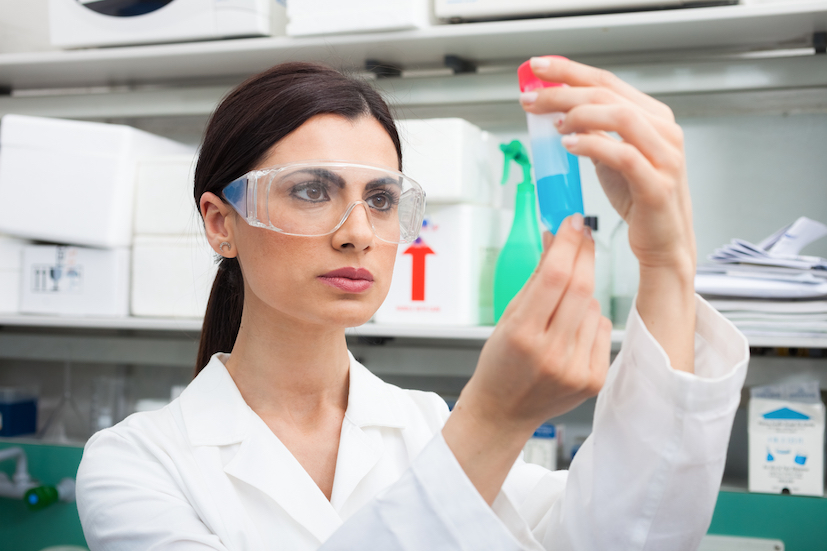
image credit- shutterstock
Advancements in the drug delivery systems (DDS) are gradually offering solutions to the rising prevalence of chronic conditions. It is now more crucial than ever before to improve patient compliance while lowering the cost of treatment. As drug manufacturers strive to overcome patient compliance concerns, both small molecules and large molecule active pharmaceutical ingredients (APIs) need to be efficiently managed to achieve the desired therapeutic effect in moderate dosage.
According to experts a significant proportion of APIs or drugs on the whole, exhibit low solubility, low bioavailability, and/or low inconsistent dissolution rate. For biopharmaceutical pipelines to advance, it is essential to address these concerns effectively by identifying, resolving, and reinventing drug delivery channels. Maximising solubility and absorption eliminate the need for reformulation and, hence, promotes the market reach of a drug candidate. Utilising complementary drug delivery technologies can achieve a full range of absorption profiles by modulating pharmacokinetics. As a result, CDMOs are developing a portfolio of bioavailability enhancement technologies and services.
Recent developments in DDS
Advanced drug delivery technologies are enabling and enhancing the next generation of specialised parenteral medicines. Over the last decade, NDDS are evolving as smart, safe, and efficient modes of a therapeutic regimen in a pulsatile, sustained or controlled manner to enhance precision therapeutic regimens. The objective of control and/or sustained drug release is to reduce dose frequency and increase drug moiety efficacy compared to conventional delivery. The industry is also being propelled by the rapidly growing pediatric and geriatric population, owing to the high incidence of non-adherence to prescription drugs in these age groups. NDDS modes also prevent doses from being missed or taken incorrectly by patients requiring third-party assistance. Further, they simplify the challenge of patient compliance and facilitate precision in dosage including reduced treatment cost, guards against overdosing, and reduced side effects. On the other side, the traditional dosage form offers spontaneous drug liberation that leads to drug concentration variation in the circulatory system.
Advanced Drug Delivery Systems (ADDS) are essential for delivering medicine in a regulated or modulated manner within cells or tissues (organ, cellular, and subcellular level of specific tissue) in order to ensure steady levels of medication in the blood. An ideal drug delivery system performs multiple functions such as reducing/eliminating adverse effects and improving the stability and solubility of the drug while being non-toxic to the biological system on itself. While developing advanced drug delivery systems, various factors, such as pharmacodynamics, drug toxicity, immunogenicity, biocompatibility, pharmacokinetics, and drug efficacy, are considered.
Many therapies require frequent dosing to maintain drug concentrations at therapeutic levels. By using controlled release formulations to extend the half-life of medicines inside the body, dosing frequency can be minimised and make treatments easier and more convenient for patients. By maintaining drug levels within the therapeutic window, active drug ingredients or a biologically active molecule will be regulated by time, period, and release rate through systemic circulation while treating chronic diseases.
Click here to read the full story...




